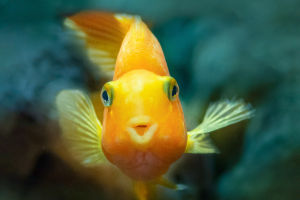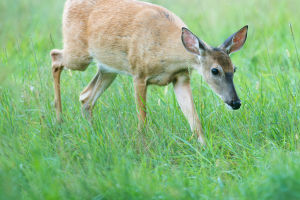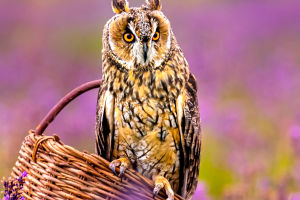The Alpine ibex, scientifically known as Capra ibex, is a wild goat native to the European Alps.
These majestic creatures have evolved a set of remarkable habits and behaviors that allow them to thrive in some of the harshest environments on Earth.
The Alpine ibex provides a fascinating case study in wildlife adaptation and resilience, from its social structure to its feeding habits and unique adaptations.
First and foremost, Alpine ibex exhibits a highly social structure. They form herds of females and their offspring, while adult males often live solitary lives or form smaller bachelor groups. During the mating season, however, dominant males compete for access to females, showcasing impressive displays of strength and agility.
This social dynamic aids in protection against predators and enhances the chances of survival for the group as a whole.
One of the most notable habits of Alpine ibex is their remarkable agility and climbing prowess. These goats are expert climbers capable of scaling cliffs and navigating treacherous terrain.
Their specialized hooves provide excellent traction on rocky surfaces, allowing them to reach inaccessible vegetation and escape predators such as wolves and golden eagles. Furthermore, their keen sense of balance enables them to traverse narrow ledges and steep slopes without fear of falling.
This climbing ability facilitates access to food and serves as a crucial defense mechanism against predators.
Regarding diet, Alpine ibex are primarily herbivorous, feeding on grasses, herbs, shrubs, and lichens found in alpine meadows and rocky slopes. During the winter, when food is scarce at higher elevations, they may descend to lower altitudes in search of more abundant vegetation.
Additionally, they are known to engage in geophagy, or the consumption of soil, which provides essential minerals and aids in digestion. Their flexible dietary habits allow them to adapt to seasonal changes in food availability and maintain optimal health throughout the year.
Reproduction is another crucial aspect of Alpine ibex behavior. Mating typically occurs in late fall or early winter, with females giving birth to a single kid after a gestation period of around six months. Mother ibexes are fiercely protective of their young, hiding them in rocky crevices or dense vegetation to protect them from predators.
Kids are born precocial, meaning they are relatively well-developed and can follow their mothers shortly after birth. This enables them to quickly learn essential survival skills from their parents and integrate into the herd's social structure.
Finally, Alpine ibex exhibits seasonal migrations in response to changing environmental conditions. As winter approaches and snow accumulates in higher elevations, they may move to lower altitudes where food is more abundant and the climate is milder.
Conversely, in the spring and summer, they ascend to higher elevations in search of fresh vegetation and cooler temperatures. These seasonal movements allow them to optimize their foraging opportunities while minimizing exposure to harsh weather conditions.
The habits of Alpine ibex reflect a remarkable suite of adaptations for survival in their rugged alpine habitat. From their social structure and climbing abilities to their dietary habits and reproductive strategies, these goats have evolved a set of behaviors that enable them to thrive in one of the most challenging environments on Earth.
Studying the habits of Alpine ibex not only provides valuable insights into wildlife ecology and behavior but highlights the resilience of nature in the face of adversity.


